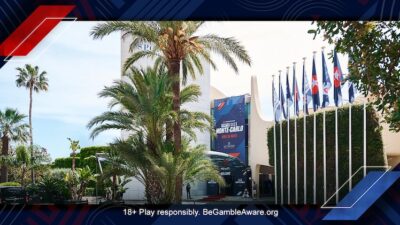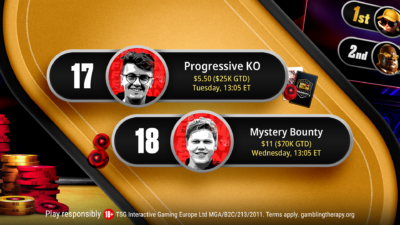

Running a poker tournament is also about math, at a certain level. How many chips do we expect will enter play? What will the average stack be at the final table? How many levels will we need, based on the published structure, to go from a full field to a final table to a champion? More math problems. Plug some variables into an established formula, solve for x, and find your answer.
So when LAPT5 Punta del Este at Mantra only played six levels yesterday, and scheduled only another six levels for today, players, staff and media naturally wondered how on earth the tournament would conclude by Sunday night, as scheduled. For the answer to that more complicated math problem, I turned to Mike Ward.
For as long as there’s been an LAPT, Mike Ward has been its tournament director. And for as long as Mike Ward has been the LAPT’s tournament director, the pattern of LAPT events has been the same: long Day 1, long Day 2, shorter Day 3, shorter Day 4. It’s one of those things that you could set your watch by, if you wear a watch. Mike, for what it’s worth, wears a watch.
Yesterday’s and today’s changes in schedule were very un-Mike Ward-like. But he ran into a new variable that he had to insert into his tournament poker math problem: dealer unions. They’ve never been an issue in the LAPT’s previous four trips to Punta del Este, so I asked him what happened.
“The state re-negotiated the contract with the dealer union 10 days ago,” Mike explained. “The new contract says the dealers can’t work longer than seven hours.”
What does that mean for tomorrow’s Day 3?
“We’ll play ten levels,” said Mike. “By the end of the day there should be one table and change. Maybe 12 or 13 players will be left,” he confidently predicted.
Long, long, short, short? Short, short, long, long? The formula doesn’t matter so long as the result is the same – one player winds up with all the chips by Sunday night. With Mike Ward on the case, I’m confident that will happen. When it comes to solving tournament poker math problems, Mike is non-pareil.
Back to Top






